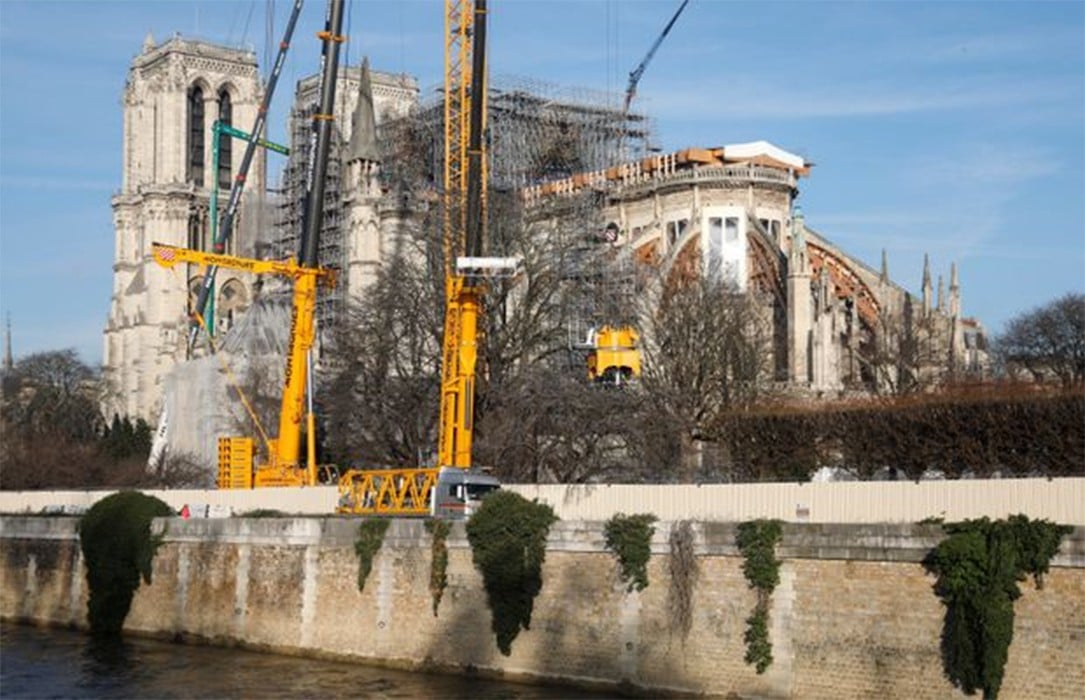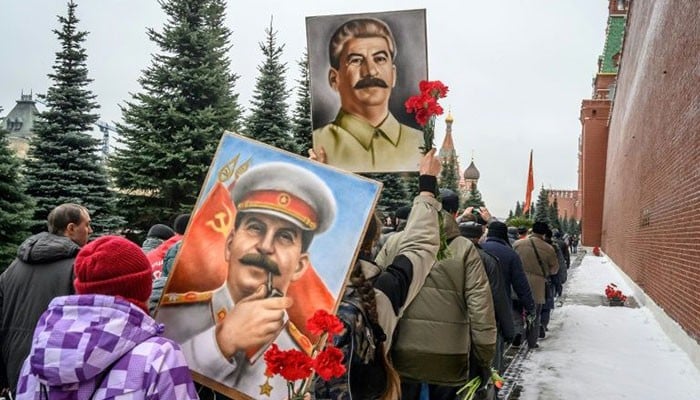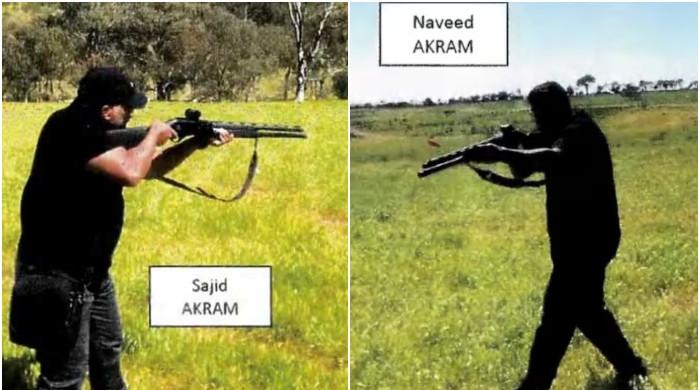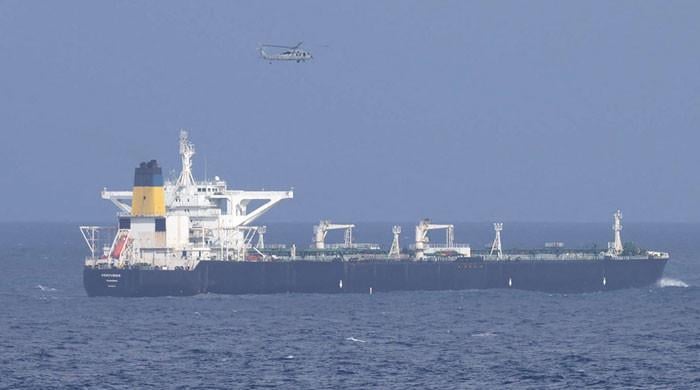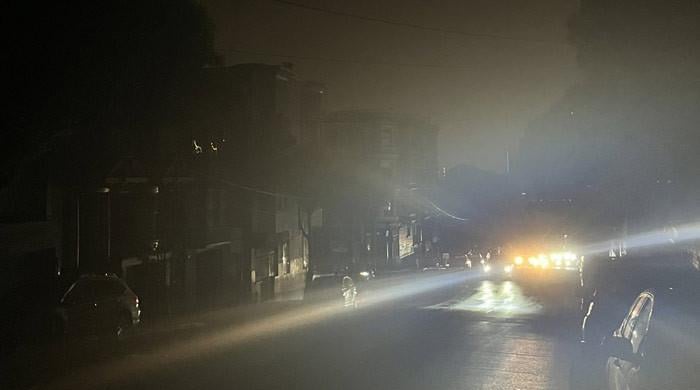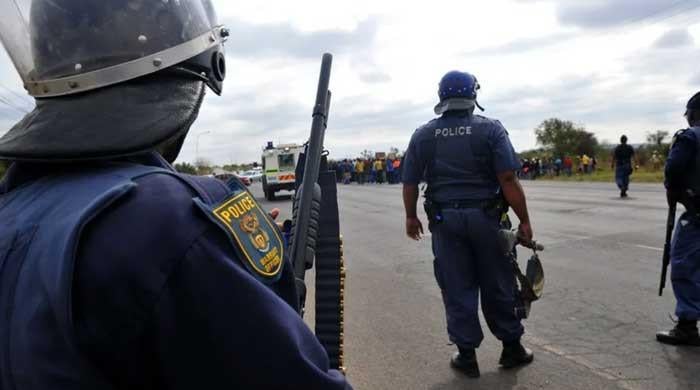How the Nazis carried out their 'Final Solution'
The World War II extermination of Jews by Nazi Germany began after the invasion of Poland in 1939
January 14, 2020
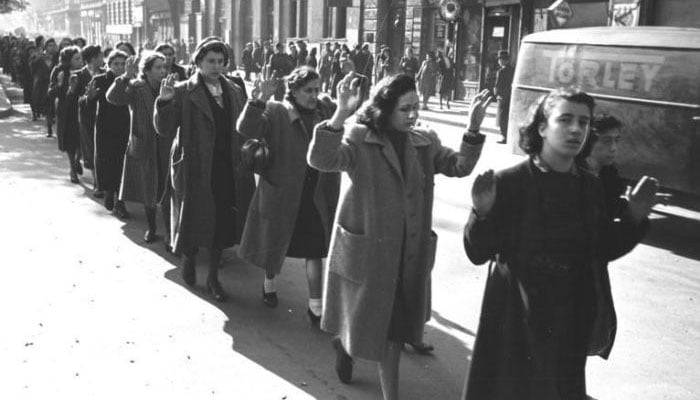
PARIS: The World War II extermination of Jews by Nazi Germany began after the invasion of Poland in 1939 and increased in scale with the creation of death camps.
The Nazis called it the "Final Solution to the Jewish Question" and killed six million Jews - more than a third of the world´s Jewish population at the time.
Starvation, death squads
The first massacres were perpetrated through starvation and mass shootings. In Poland, Jews were imprisoned in ghettos from 1939 to late 1941 where many starved to death or died of disease.
The Nazi government also despatched mobile death squads called Einsatzgruppen which mowed down one million people in what is known as the "Holocaust by bullets". They were mainly Jews and Soviet prisoners of war in Polish, Baltic and Soviet territories.
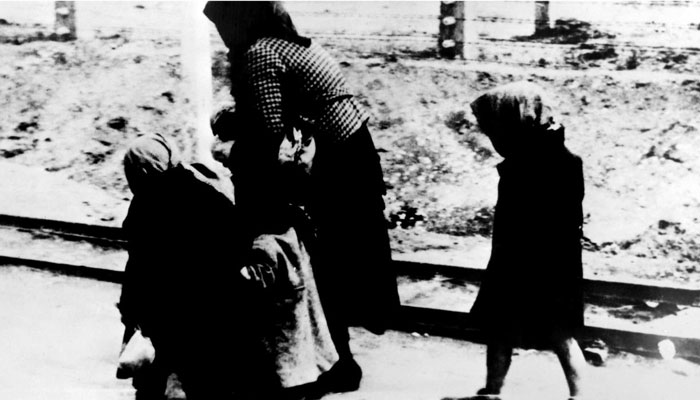
Also read: Genocide Watch issues alerts over violence in occupied Kashmir, Assam
Gas chambers
Leader of the Nazi paramilitary SS, Heinrich Himmler, and his deputy Reinhard Heydrich established extermination through gas chambers in 1941, a technique that had been tried out in Germany on disabled people.
At the Auschwitz-Birkenau camp near Krakow in southern Poland the Nazis were already experimenting with Zyklon B, a cyanide-based pesticide. They used the chemical for the mass gassing of 600 Soviet prisoners and 250 Poles in September 1941.
"Operation Reinhard" led to the construction of three purpose-built extermination camps with gas chambers in occupied Poland. Once the Belzec, Sobibor and Treblinka death camps were operational in 1942, the Nazis transferred to them inmates of the ghettos. About two million Polish Jews were killed as part of the operation.
Also read: Moscow and Warsaw feud over who was to blame for WWII
'Final Solution' intensifies
The intensification and coordination of the "Final Solution" was agreed at a landmark conference of government ministries and top-ranking Nazi and SS officials in the Berlin suburb of Wannsee on January 20, 1942.
The 15 participants at the Wannsee Conference, convened by Heydrich, agreed that 11 million Jews should be moved to death camps in an operation under the exclusive authority of the SS.
Jews from all over Europe were systematically deported from mid-1942 to six death camps: Auschwitz-Birkenau, Belzec, Chelmno, Majdanek, Sobibor and Treblinka.
At Auschwitz - which became the symbol of the Holocaust - more than 1.1 million people were killed, mainly Jews but also Roma. It was also a work camp where German industry, notably the IB Farben chemical producer, used specially selected workers as slaves.
Also read: Lebanese businessman to give Hitler hat to Israeli foundation
How the world discovered the Nazi death camps
Images of what the Allies found when they liberated the first Nazi death camps towards the end of World War II brought the horror of the Holocaust to world attention.
Many of the ghastly pictures were at first held back from the broader public, partly out of concern for those with missing relatives. The concentration and extermination camps were liberated one by one as the Allied armies advanced on Berlin in the final days of the 1939-1945 war.
The first was Majdanek in eastern Poland, which was freed on July 24, 1944 by the advancing Soviet Red Army. But it was only the following year that media coverage was encouraged by the provisional government led by General Charles De Gaulle set up after the liberation of France.
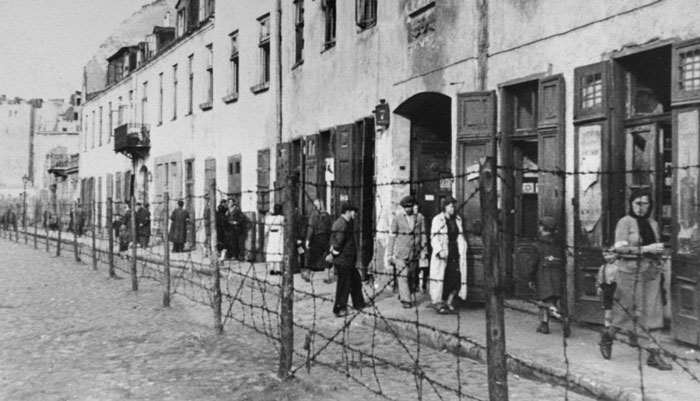
Also read: India captured by fascist, racist Hindu supremacist ideology: PM Imran
'Death Marches'
In June 1944, as it became clear that Germany was losing the war, Nazi leader Heinrich Himmler ordered that camps be evacuated before they were reached by Allied troops, and that their prisoners be transferred to other camps.
This mainly concerned camps in the Baltic States that were most exposed to advancing Soviet troops. Officers of the SS paramilitary in charge were ordered to cover up all traces of crimes before fleeing.
The sprawling Auschwitz-Birkenau complex in southern Poland, liberated by the Red Army on January 27, 1945, was gradually dismantled from mid-1944 and its more than 60,000 prisoners evacuated.
When the Soviets arrived, only 7,000 prisoners remained, unable to walk and to follow their comrades on what became known as "Death Marches" to other camps.
Also read: Sacha Baron Cohen criticizes Mark Zuckerberg over 'Nazi propaganda'
Images not widely shared
The discovery of the first camps had little impact on the public at large because the images were not widely shared.
Russian and Polish investigators photographed the camps at Majdanek and Auschwitz, and US army photographers made a documentary on Struthof, the only Nazi concentration camp based in what is now France.
But France in particular did not want them broadcast to avoid alarming people with relatives who were missing after being deported, captured or conscripted.
A turning point came on April 6, 1945 with the discovery of Ohrdruf, an annex of the Buchenwald camp in Germany.
Also read: Hardline protesters rally against construction of Jesus statue in India
'Indescribable horror'
When American forces - accompanied by US war correspondent Meyer Levin and AFP photographer Eric Schwab - entered Ohrdruf, they came across a still-blazing inferno and skeletal prisoners executed with a bullet to the head.
The Supreme Commander of Allied Forces in Europe, Dwight Eisenhower, visited the camp on April 12, describing afterwards "conditions of indescribable horror".
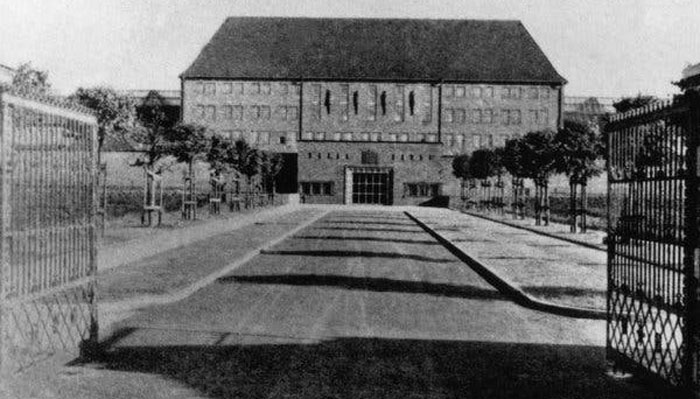
The Allied leadership decided immediately that all censorship should be lifted so the world could see evidence of the Nazi atrocities. That evening France's communist daily Ce Soir published on its front page a picture of a mass grave.
Days later Eisenhower said journalists should visit camps "where the evidence of bestiality and cruelty is so overpowering as to leave no doubt in their minds about the normal practices of the Germans".
